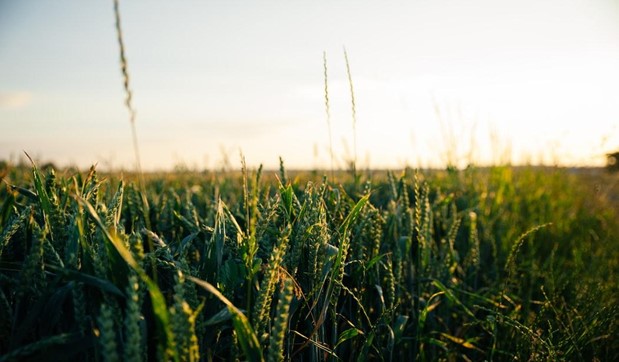In a world where traditional farming is challenged by high land costs and limited availability, micro-farming emerges as a promising solution.
This blog explores micro-farming as a lucrative venture, especially when focusing on the best crops to grow on 5 acres or less.
We’ll delve into how this small-scale approach can yield significant returns, making the most of minimal land.
Join us as we uncover the potential of micro-farming, offering insights and practical tips for successful small-acreage farming.
Utilizing Small Land for Profitable Micro-Farming
Curtis Stone, a renowned urban farmer, champions the cause of micro-farming.
His insights and success stories inspire our approach. Stone emphasizes the feasibility of earning a substantial income from small plots.
He highlights that owning land isn’t a prerequisite for successful farming; leasing or renting land can be equally effective.
This section of the blog will delve into practical strategies to maximize the potential of small acreage, ensuring that your micro-farming venture is both sustainable and profitable.
You Must have a Great Crop to Grow with Selling Plans

Identifying the best crop to grow on 5 acres is crucial for a profitable micro-farming venture.
The key to success lies in selecting high-demand, high-value crops that align with market trends and personal capabilities.
Microgreens are a prime example of a lucrative option. They require minimal space, grow quickly, and have a high market value.
However, the opportunities don’t end with microgreens. Diverse options like snails or poultry farming can also be highly profitable.
The decision should be informed by current market demands and your unique situation, including climate, soil type, and personal interests. Additionally, exploring financing for agriculture can provide crucial support in implementing your plans effectively and sustainably.
This section will provide insights into how to assess market trends, choose the most suitable crops, and develop effective selling strategies to maximize your returns from micro-farming.
Building a Loyal Customer Base for Your Micro-Farm
A steady and loyal customer base is essential for generating revenue in micro-farming.
Effective communication and relationship-building with your customers are crucial to choosing the best crop to grow on 5 acres.
Engaging in meaningful conversations with friends, colleagues, and relatives can help spread the word about your farming practices and produce.
Selling options vary from farmers’ markets, which are excellent for reaching a broader audience, to roadside stands for local visibility.
Additionally, direct marketing strategies, such as community-supported agriculture (CSA) programs or online sales, can be explored.
The key is to understand and meet the needs of your customers, building trust and loyalty.
This section will provide strategies on how to connect with customers, create a demand for your products, and establish a strong market presence for your micro-farm.
Setting Achievable Goals
Setting realistic and achievable goals is critical when starting a micro-farming venture, especially when considering the best crop to grow on 5 acres.
Begin with small, attainable objectives that complement your current lifestyle and resources.
It’s advisable not to quit your day job immediately; instead, balance it with your farming activities until the venture becomes more stable.
Gradually scaling your operations based on market response and income generation is a prudent approach.
This might involve starting with a small fruit-selling campaign or a specific crop before fully committing to utilizing the entire 5 acres.
Utilizing existing resources and gradually expanding allows for a more sustainable growth trajectory.
The Decision of Considering the Most Profitable Crops:
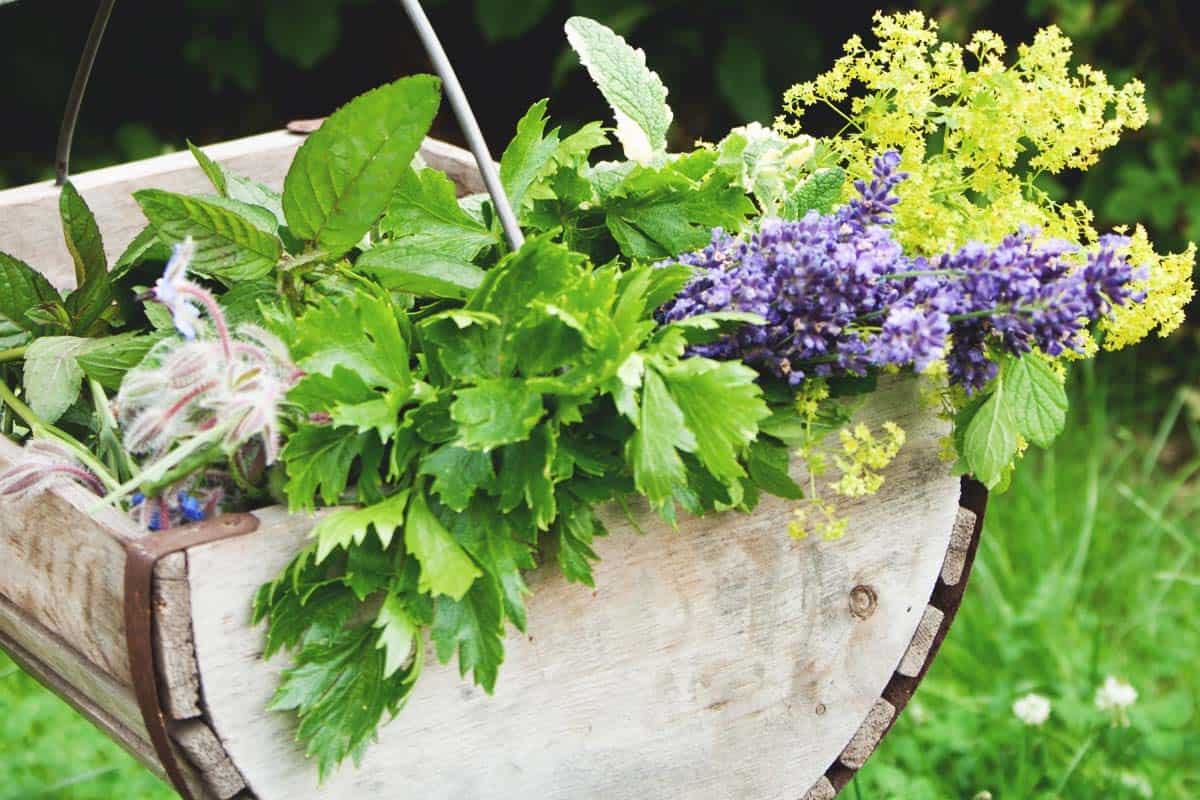
For this, you need to check and decide what crops you need to consider for farming, and if they give you enough money for your livelihood, then it is the best option you should opt for.
So, here are some of the crops that you can choose to grow on your farm to get a handsome income from them.
1. Salad Green
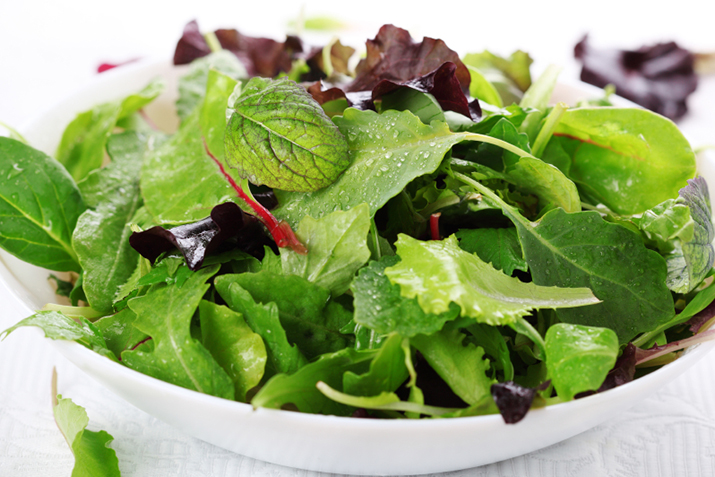
Salad Greens are the best option you should take up as many people currently love to eat green salad.
Due to the health consciousness, it is the part of diet majorly and this will be very profitable for you if you grow them in your farm and sell them at the best price as per the competition in the market.
The best thing about them is that they can be grown very easily, and they also do not need so much care.
So, it is the easiest and best crop to choose, grow, and get enough profits from it.
2. Garlic

Garlic is the best crop to grow and sell at a very good price as it needs less space, and it is very easy to grow this crop too.
Garlic is used in almost all restaurants and homes as well as an ingredient in most vegetables.
So, you need to check for this crop, too. If you plant around 55-60 bulbs of Garlic, you can harvest nearly 450-550 pounds of it.
It is a great opportunity for you to profit from this.
3. Microgreens
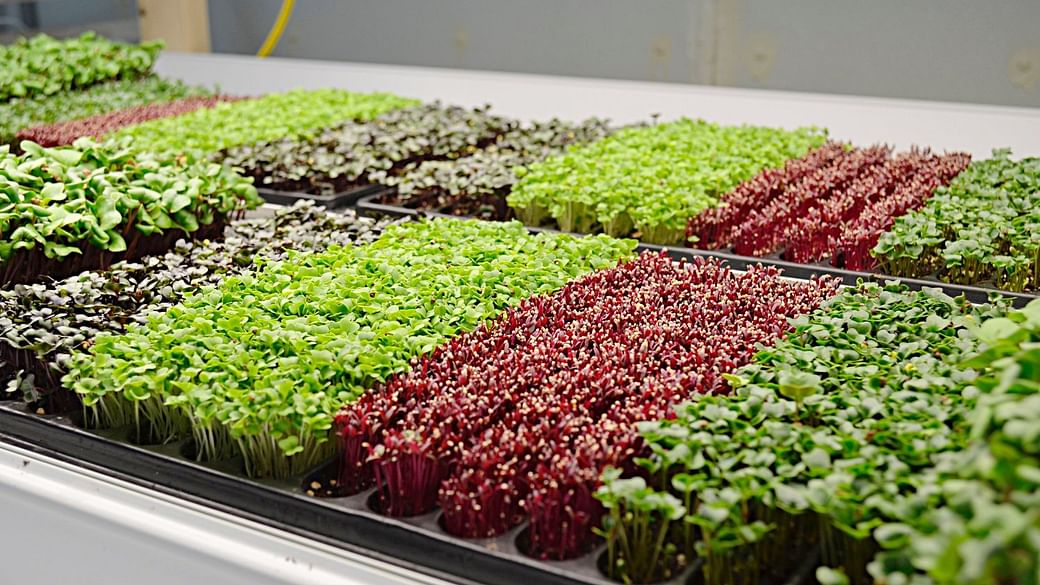
Microgreens are also a fantastic option when you opt for micro-farming.
The best part about them is that they need less land space and grow very fast and with easy techniques.
As they need a little space and have a high cash value. So, they are very popular in micro-farming.
They also do not need as much care as other crops do. They are also very popular in the farmers’ market.
So, you can choose this crop for the best benefits and profits without any room for doubt.
4. Worm Castings and Tea in this era
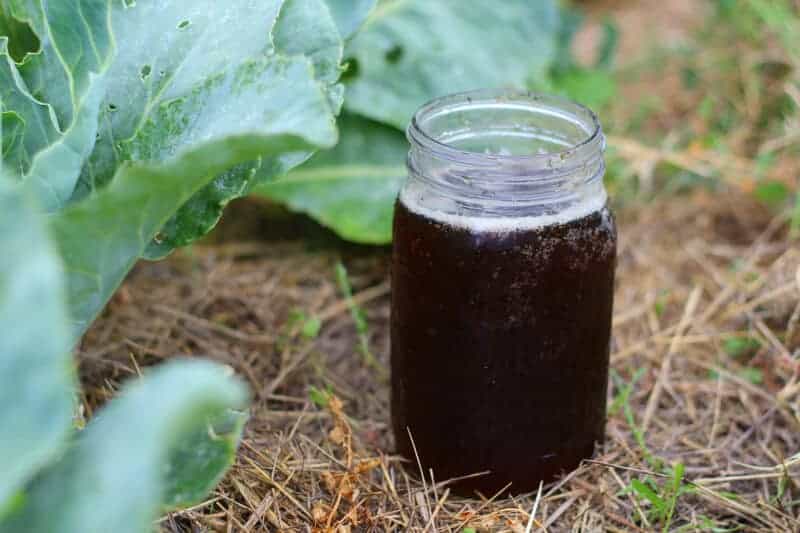
Worm casting is also a very good choice for you if you love worm gardening.
It is a kind of natural fertilizer and high-quality manure that all gardeners love and use. You will be called a Worm Grower.
Worms never make noise, and they do not produce any smell, so you can start with it.
You can start worm farming in any of your spare rooms or basements where you like to do that.
You can feed the worms silently and without any trouble at times. You may also not need to buy anything special for them as they will feed on leftover food and garden produce.
They are also very popular for recycling and the perfect option to start Worm Casting to earn and make a living.
5. Bamboo

Bamboo is another option that you can choose. It is very popular in regions where there is great climate change.
Also, it is very well known in areas with warm climates as they store a lot of water in them during rain, and you can use that water for drinking purposes when in need.
It is a fact that bamboo does not give any fruits, but they are very popular for its wood as it is a high-selling product, and there is a point about this tree.
So, it is also the best source of income if you grow it and add it to your micro-farming list.
6. Broiler Chickens
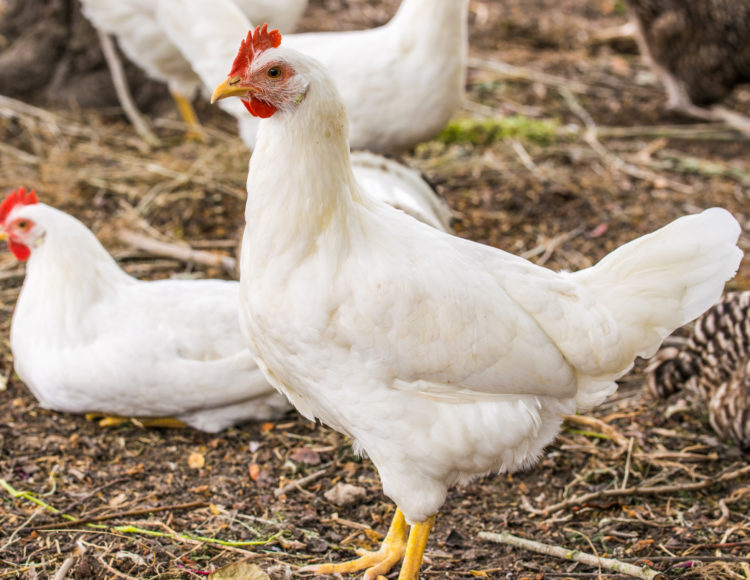
Broiler chickens are another option you can rely on. You can feed them on fresh grass and take care of them.
They also finish the bugs for you.
Once they feed on fresh grass, this will help them to grow faster, and once they grow enough, you can butcher them and sell them at a very good price as per the market and earn a good living from this.
As Broiler chicken grow very quickly, it will be an added advantage for you.
Conclusion
In conclusion, micro-farming on small plots, such as 5 acres or less, offers a unique and viable path to agricultural success.
By focusing on the best crops to grow, considering market demands, and building strong customer relationships, you can turn a small piece of land into a profitable venture.
Remember, the key to success in micro-farming lies in strategic planning, understanding market trends, and being adaptable to changing consumer needs.
We hope this guide has provided valuable insights and practical tips to help you embark on or enhance your micro-farming journey.
Comment and let us know which tip was the most helpful!

